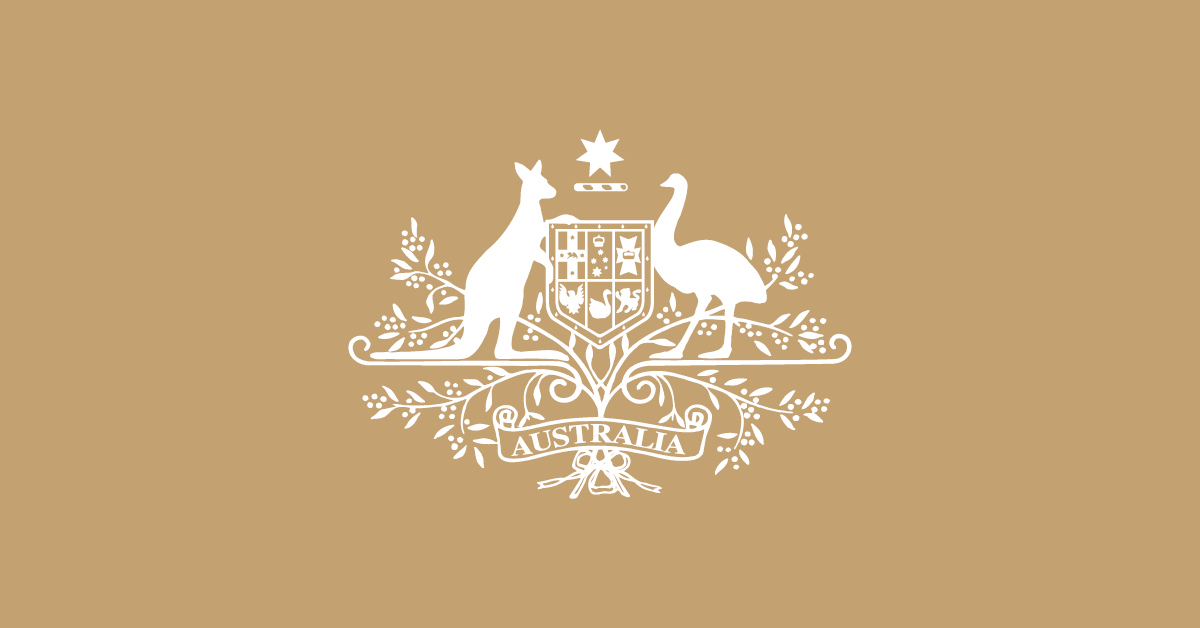
Speech – Universities Australia Solutions Summit
Check against delivery
I want to begin by acknowledging the traditional owners of the land we’re meeting on today.
I pay my respects to elders past and present, and all Aboriginal and Torres Strait Islander people joining us.
I’ll start with a proposition, one that I’m sure is evident to all of you in this room – but one that sometimes omits our vocational and education and training sector.
Strong tertiary sectors are central to driving a strong and sustainable economy, particularly at a time when the labour market is changing faster than ever before.
And it’s critical our VET and higher education sectors collaborate and co-operate, so students are provided with pathways to study and gain the skills needed by industry and the economy.
We need the head and the hands to work together.
We need technical skills and conceptual knowledge.
That means the VET sector needs to be held in the same esteem as the university sector – by industry, by governments, by the community and by the university sector.
Our reforms in the VET sector – including securing the five-year National Skills Agreement and our successful Fee-Free TAFE initiative – are all about leveraging strong partnerships between governments, employers, unions, and education and training providers to meet the skills needs now and in the future.
The Universities Accord final report, released at the weekend by my colleague, Jason Clare, outlined ideas to increase alignment and collaboration between the two sectors, including the creation of an Australian Tertiary Education Commission.
The government is considering its response to the report, and I look forward to working with the Minister for Education on how to improve tertiary alignment.
The National Skills Agreement and the Universities Accord both highlight the need to bring universities and vocational education and training together.
The current skills shortage makes clear that universities and vocational education and training should be complementary, not competitive.
Investment in both tertiary sectors will be informed by the best advice, and the analysis from Jobs and Skills Australia says that 9 out of 10 future jobs will require a tertiary qualification – split evenly between VET and university pathways.
More collaboration between the two sectors aims to strengthen both, not weaken either – giving more people access to broader education and training.
For example, a registered nurse who needs a bachelor’s degree can do their first 18-months through a VET provider, or a TAFE trained sparky will have better opportunities to skill up into an area like electrical engineering.
The need to grow the tertiary education sectors – both universities and VET – is reflected in the Accord final report’s recommendation that the Government adopt a target of at least 80% of the working age population having tertiary qualifications by 2050.
Last year’s Employment White Paper painted a clear picture of the trends in the economy.
High-skilled, non-routine work, both manual and cognitive is growing. While repetitive routine work, both manual and cognitive, is declining.
Thinking and doing are not in tension with each other; together they are far more powerful, and more of what the economy needs.
In the labour market of the very near future, people who don’t attain a tertiary qualification, risk being left behind.
Both VET and Higher Education have a critical role to play in delivering these skills.
And an increasingly collaborative role.
As we know, Australia is facing a once-in-a-lifetime skills challenge.
By 2030, we will need an estimated 32,000 electricians to support clean energy, 145,000 additional care workers, 140,000 additional jobs in the manufacturing sector, 120,000 in construction, and 18,500 to support defence projects.
And, if we are going to meet major national challenges, such as growing the care economy, reaching net zero, responding to rapidly changing technology, and building a future made in Australia, we need education and training sectors that are fit for purpose.
We have already put in place the building blocks to make significant inroads into priority skills needs.
In 2022, we created Jobs and Skills Australia, a body dedicated to making sure government, industry and education and training sectors have the most up-to-date picture of our nation’s workforce needs – in the short term and long term.
One of its core roles is to advise on current, emerging and future skills needs across apprenticeships, VET and higher education.
Its governance structure entrenches an industry-centric, evidence-based approach to its work.
This is important because it enables strong partnerships between government, employers, unions, education and training providers, researchers, and research organisations.
The work of JSA is critical to how we approach the workforce and skills imbalances in our economy.
Another key reform to the VET sector has been establishing 10 Jobs and Skills Councils. Each representing different industries.
These industry-led and owned councils will:
- identify skills and workforce needs for their sectors
- map career pathways across VET and the university sector
- develop contemporary education and training products, and
- support collaboration between industry and education and training providers.
The councils will break down barriers between the tertiary sectors to add value across the economy.
Our landmark National Skills Agreement commenced this year, after being signed with all States and Territories.
The agreement is the first of its kind in over a decade and will unlock up to $30 billion in investment in Australia’s VET sector over the next five years.
And the Agreement puts TAFE at the heart of the VET sector.
The agreement introduces a step-change in governments’ approach to delivering on Closing the Gap commitments for skills.
There will be dedicated investment and concrete action to ensure that the design and delivery of VET for First Nations people is in full and genuine partnership.
The Agreement also represents a fundamental shift in the way that governments work together to address challenges and capitalise on opportunities – much as the Accord offers a different way.
A new stewardship model supports this and preserves flexibility for states and territories to align local skills supply with demand.
All governments have agreed on national priority areas that require focused effort to address critical skills and workforce shortages.
The inaugural priorities include ensuring Australia’s digital and technology capability, gender equality, Closing the Gap, and supporting the net zero transformation.
One of the most immediate and significant things we are doing to facilitate a cohesive tertiary education system is establishing up to 20 TAFE Centres of Excellence.
TAFE Centres of Excellence will partner with industry, universities, and governments to address critical challenges in our economy.
They will engage industry and academic experts in the design and delivery of training and bridge the gap between VET and higher education.
The Centres will leverage the strengths of TAFEs and other public providers to grow high-potential, strategically important industries.
They will partner with universities to share information, leverage expertise, enrich students’ learning experience, support industry needs and enable applied research programs.
We are already seeing industry support for these models of learning.
In the defence industry, we have BAE Systems Australia partnering with universities, governments and the Australian Industry Group to pilot degree apprenticeships, and other work-integrated learning models, similar to UK Degree Apprenticeships.
The Centres of Excellence are about giving workers the depth and breadth of skills they need to meet future challenges.
Improved collaboration between our VET and university sectors will create tertiary excellence.
It will create a more skilled and knowledgeable economy and society.

